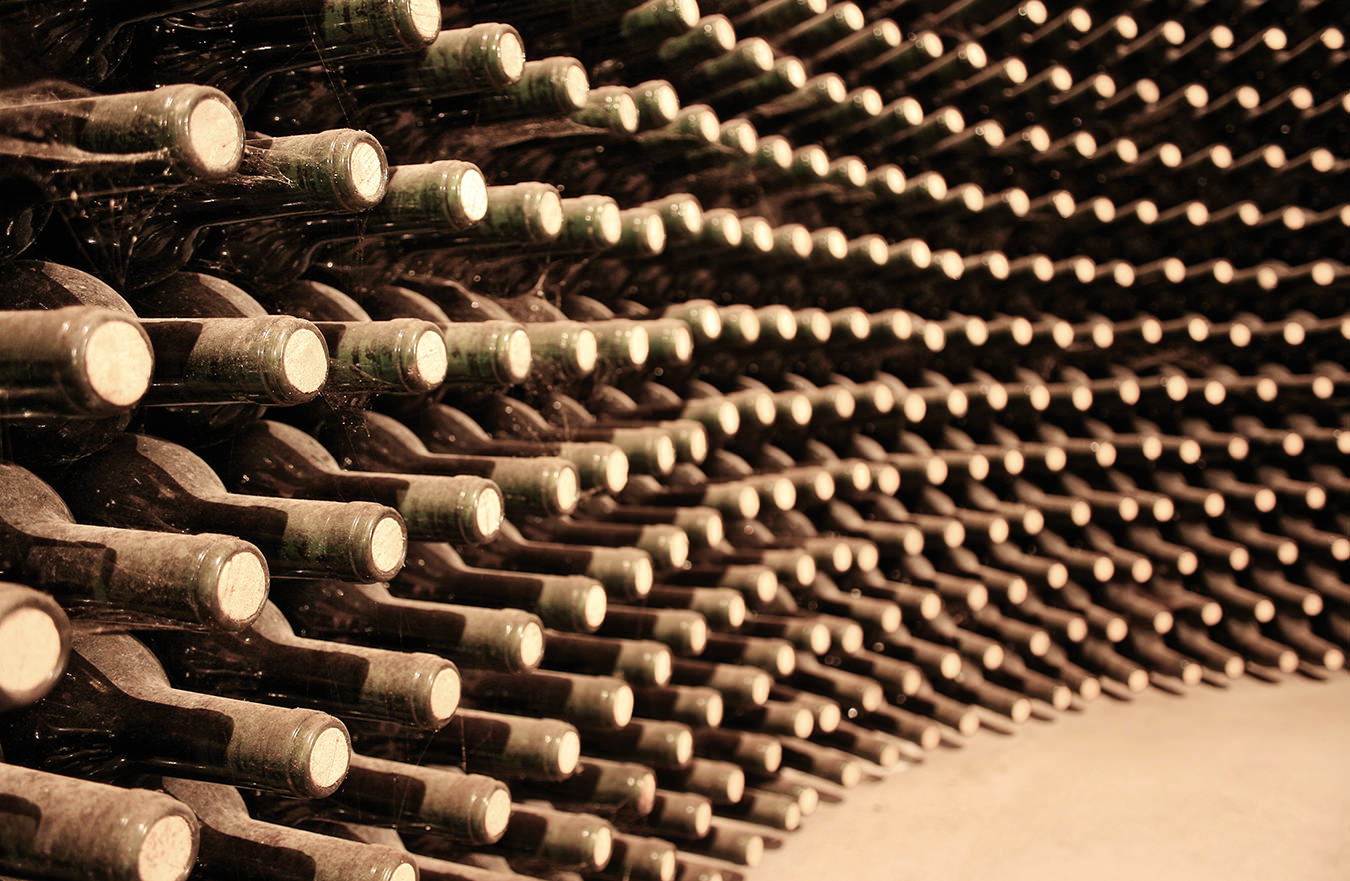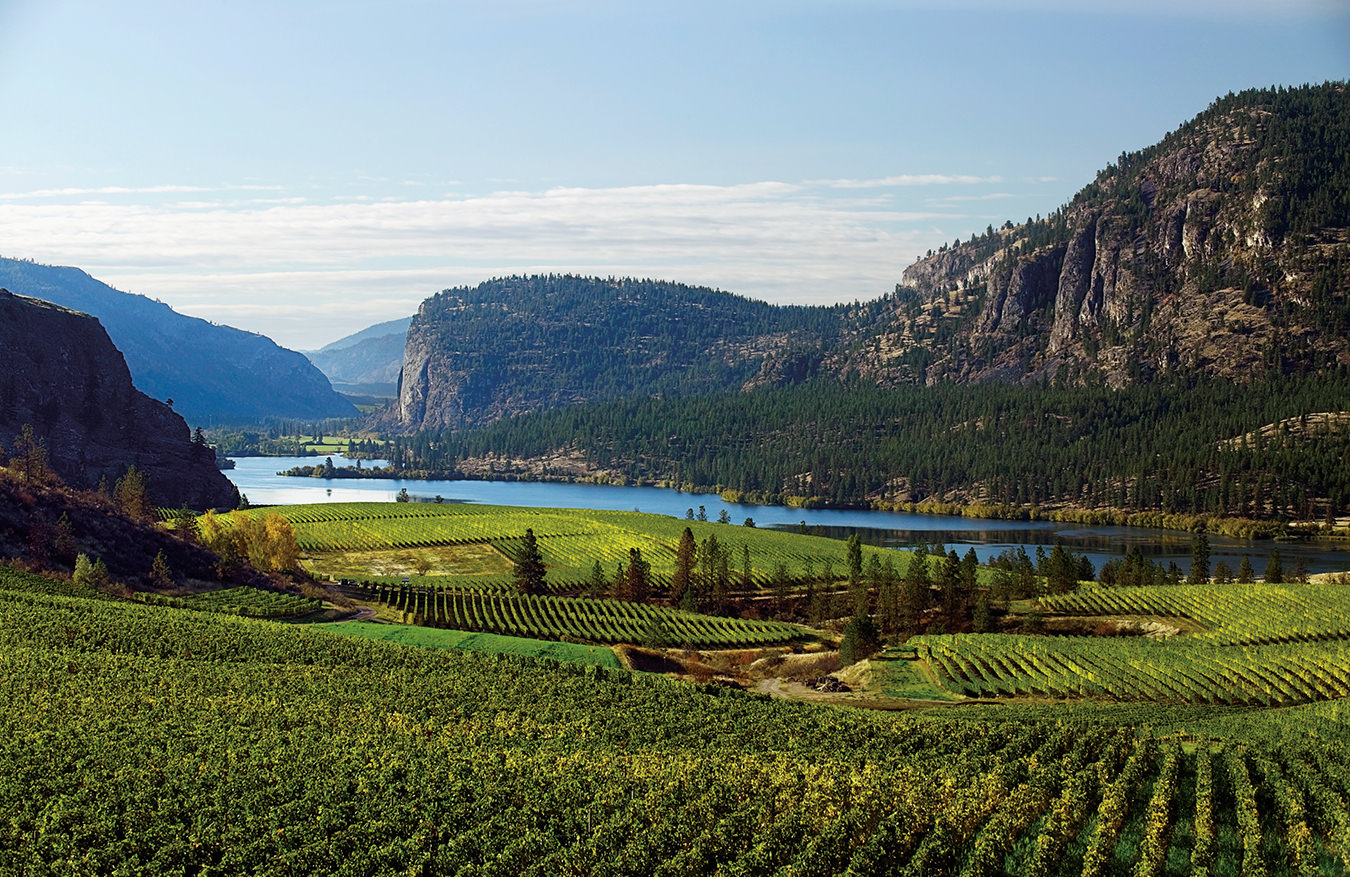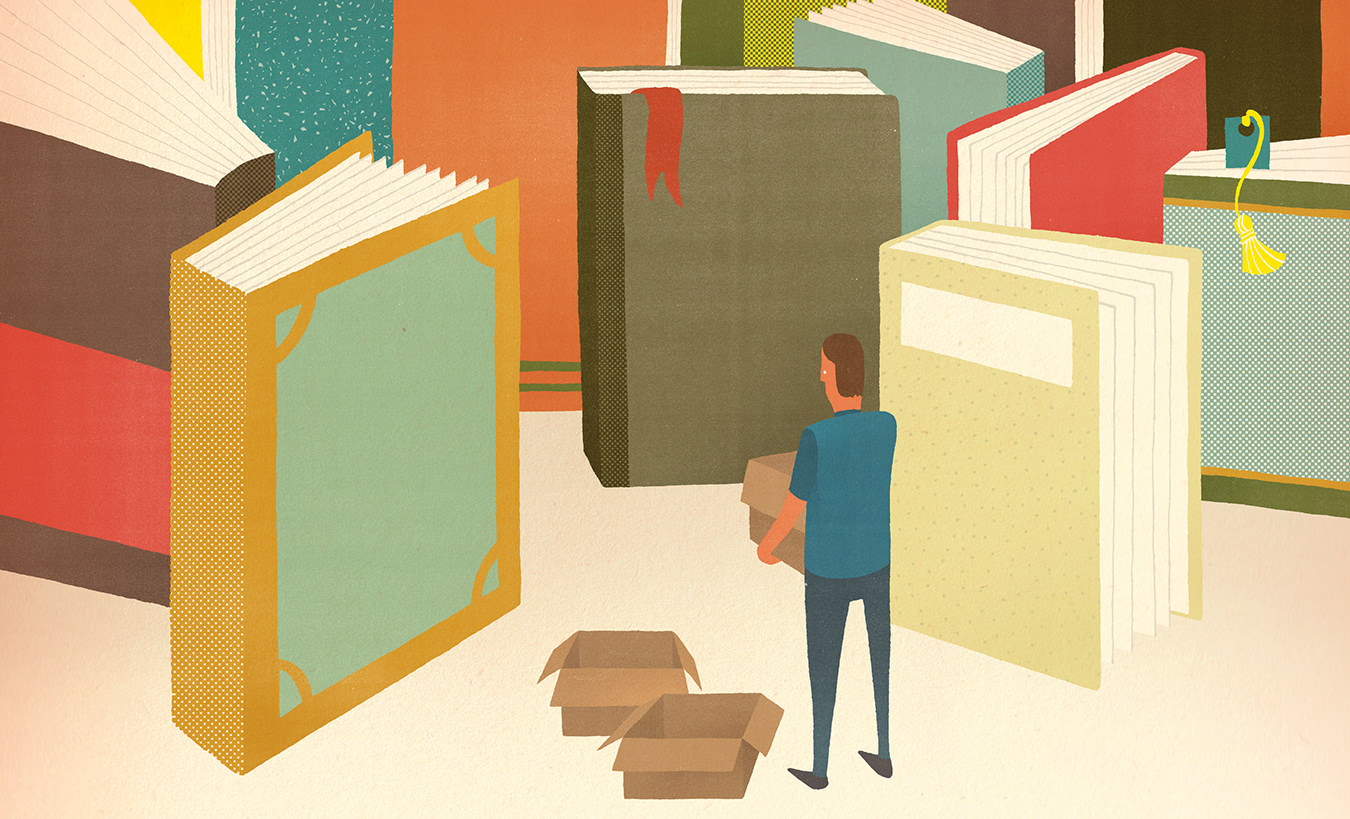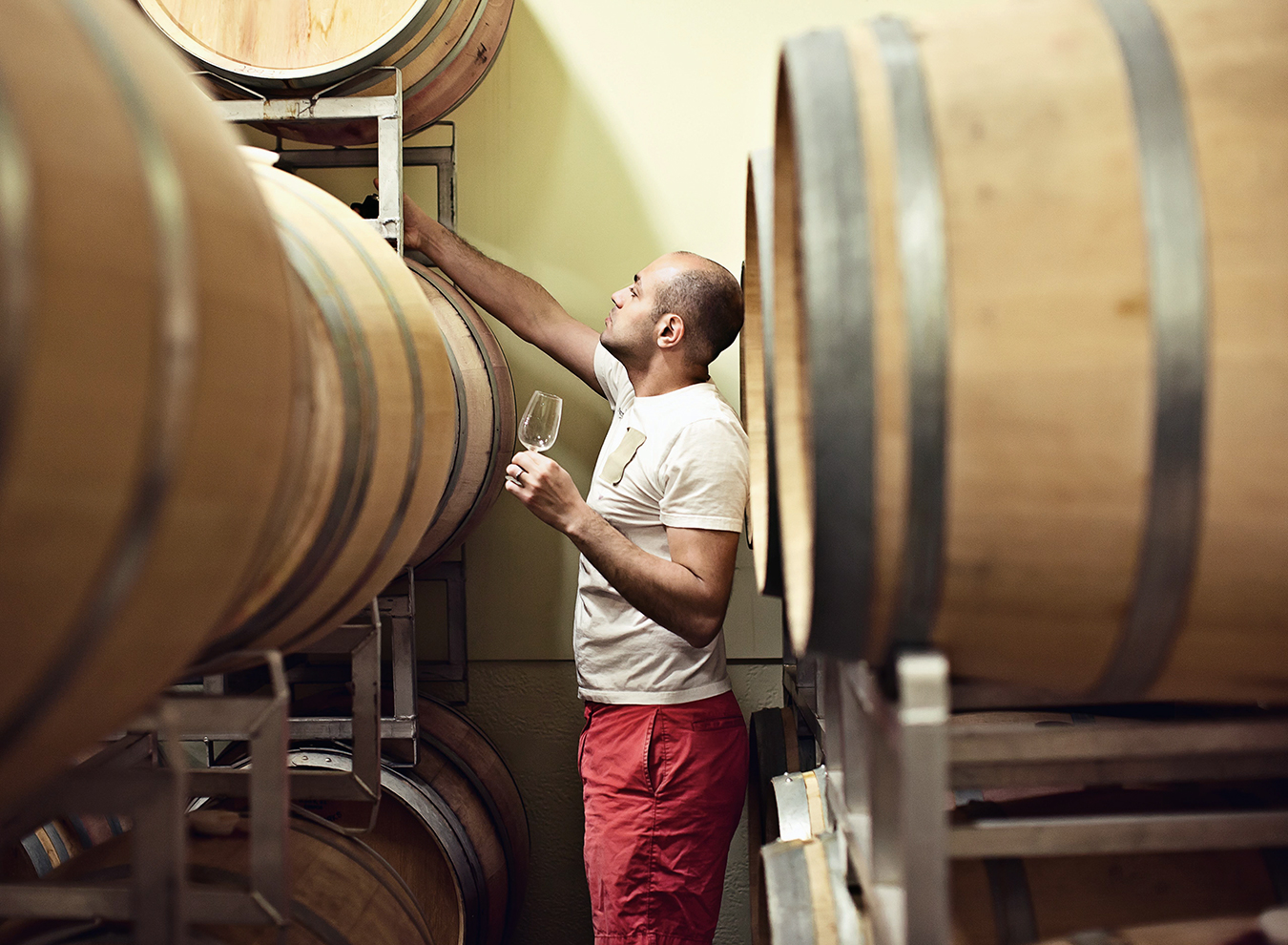Counterfeiting Quality
A wine by any other name.
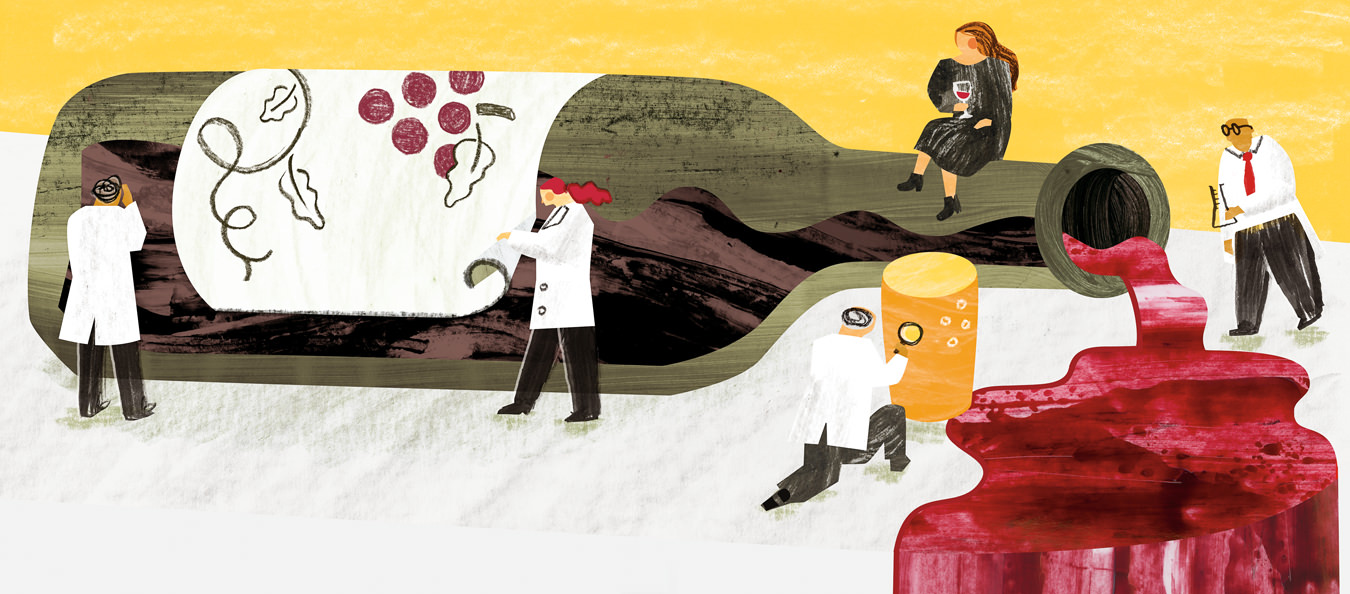
In March 2012, FBI agents raided the suburban Los Angeles home of wealthy wine aficionado Rudy Kurniawan and discovered a factory for counterfeiting wine. They found dozens of bottles of quite ordinary French and Californian wines ready to be covered over with the stacks of fake labels representing some of the most prestigious (and expensive) wines of Burgundy and Bordeaux, with vintages going back to the 1920s. There were rubber stamps of individual vintage years and a corking machine. Kurniawan’s wine-counterfeiting operation had been going on for years and it involved selling tens of millions of dollars’ worth of wines to some of America’s wealthiest wine collectors. At two 2006 auctions alone, the wines Kurniawan sold fetched $35-million.
The Kurniawan case became a cause célèbre not only because of the scale of the fraud, but because it showed the gullibility of wealthy collectors who ignored all the warning signs in their quest to own these rare wines. It also revived questions about the authenticity of many of the older fine wines still on the market—especially wines sold by auction, which was how Kurniawan disposed of most of his counterfeits. The dark figure of wine counterfeiting (the actual extent) is unknown. One estimate is that 5 per cent of all wines for sale on secondary markets are counterfeit, but a Burgundy proprietor, Laurent Ponsot, whose wines were counterfeited by Kurniawan, estimates that 80 per cent of pre-1980 Burgundies on the market are fake.
Kurniawan’s was by no means the only case of wine fraud to hit the headlines. In 1988 an American millionaire paid half a million dollars for four bottles of wine said to have belonged to Thomas Jefferson, the wine-loving third president of the United States. The bottles—1784 and 1787 Château Lafite (now Château Lafite Rothschild) and Branne Mouton (now Château Mouton Rothschild)—were engraved “Th.J.”, as Jefferson did with his bottles. When the buyer suspected the bottles and wine were probably not genuine and had them tested, he learned that the letters had been engraved by an electrical drill, not an implement available to Jefferson.
Some counterfeits are discovered by mistakes on the label. In Kurniawan’s case a sharp-eyed wine expert noticed some bottles of Burgundy labelled with a vintage that did not exist. Kurniawan had put up for auction bottles of Domaine Ponsot Clos Saint-Denis Bourgogne Grand Cru with vintages from 1945 to 1971. But the first labelled vintage of that wine was 1982. Other counterfeiters have made more obvious errors, such as spelling mistakes on the labels.
Wine fraud can take many forms. Sometimes labels from a poor vintage are altered to a great one; more often, the wine in the bottle is not from the stated winery at all. Kurniawan bought up hundreds of bottles of older Burgundies from a négociant (a merchant who buys and blends wine to sell under his own name), then labelled them with the names of estates and vineyards that fetched fabulous prices.
Counterfeiters often get away with it because few people have tasted these wines before, and are therefore not in a position to distinguish, say, a genuine 1947 Château Lafite Rothschild or a 1934 Château Latour from a fake. Older wines often take on flavours reminiscent of leather and soy sauce that obscure other characteristics, and there is generally a lot of variation from bottle to bottle. It is also difficult to prove fraud by the wine itself. Once a bottle of old wine is opened, it begins to degrade quickly, and by the time it can be tasted professionally it will have died completely.
But it is not only older wines that are counterfeited. In parts of Asia, Canadian icewine is a luxury product and even though it sells for less than $100 for 350 ml, there is a brisk trade in fake icewines. Canadian icewine is often exported in bulk, making it easy for a distributor to add sugared water or other wine as it is bottled. It is estimated that between 30 and 50 per cent of Canadian “icewine” on shelves in China is fake.
Burgundy proprietor Laurent Ponsot estimates that 80 per cent of pre-1980 Burgundies on the market are fake.
Nor is it only expensive wines that are counterfeited. In 2015, a number of people were arrested in Quebec for allegedly importing inexpensive Italian wine into Ontario, then moving it to Quebec where it was adulterated to resemble popular Italian and Ontario brands. The operation is said to have started in 2010 and although the profit on each bottle was small, the scale is suggested by the charge that the individuals arrested (who included the former CEO of a Niagara winery) had evaded taxes of $14-million.
Counterfeiting comes to light regularly in many parts of the world. In 2006, the Duboeuf company, famous for its Beaujolais wines, was convicted of blending lower- and higher-quality wines and labelling them as the higher quality. In 2014, Italian police arrested a wine expert who was preparing to sell almost half a million bottles of mediocre red wine as Brunello di Montalcino. Some 200,000 litres of ordinary wine were found aging in barrels before being bottled by this person, who had obtained genuine labels and had hacked into the certification system to allow him to sell the bottles without raising suspicion.
The high end of the counterfeiting business is increasingly profitable because of the growth in demand for rare wines. Since the beginning of the 2000s, the prices of prestigious fine wines, especially from Bordeaux and Burgundy, have skyrocketed and there has been much more interest in wine auctions. But counterfeiters do not need high prices, and wine fraud has a long history. Modern wine laws like France’s Appellation d’Origine Contrôlée and Italy’s Denominazione di Origine Controllata were enacted to prevent fraud. For each appellation, such as Pomerol in Bordeaux or Chianti Classico in Tuscany, laws regulate where and how grapes can be grown, how the wine is to be made, and how it can be labelled.
Before these laws were put in place, there were many practices that were not illegal, but would now be considered fraudulent. In Bordeaux, for example, it was common for wines to be given more body by blending in some syrah from the Rhône valley; it was known as “Hermitaging”, after the Hermitage district in the northern Rhône. Burgundy wines were also often blended with other wines (from southern France, this time) and until the 1920s merchants in Burgundy also practised what was called “équivalence”. This enabled merchants to label a wine with the name of any of Burgundy’s famous villages as long as they thought the wine had the character of the wine from that village. Thus a wine from anywhere in Burgundy could be labelled Pommard if the merchant thought it tasted like a wine from Pommard.
These were legal (if misleading) practices, but there was also counterfeiting clearly intended to deceive consumers. In the 18th century English demand for port was so great that the port-producers of the Douro couldn’t keep up. So they took ordinary red wine, added brandy for strength, elderberries for colour, and various herbs and spices for flavour. When the fraud was discovered and sales of port began to fall, the Portuguese government stepped in and created one of the first appellations to regulate how the wine was to be made. Among other things, it banned the growing of elderberries in the region where port was produced.
Other authorities took more decisive action. In 1751, the police of Paris inspected the barrels in the cellar of a wine merchant and found they contained various concoctions, including water, brandy, and grape skins left over from winemaking. The merchant was convicted and sentenced to pay damages of 3,000 pounds and a fine of 500 pounds. His “wine” was poured into the street in front of his shop, all his barrels were burned and his bottles smashed, then his shop was boarded up for a year, and he was forbidden forever to be a wine merchant or to work for one.
Enforcement today is less dramatic, but wine fraud is actively investigated by government agencies in most wine-producing countries. Wine producers are also active. Some etch their bottles with serial numbers so that fakes can be identified, while others use special, light-readable inks on labels. When Australia’s Penfolds winery re-corks older wines for clients, each bottle is given a bar code so that it can be verified as having been re-corked by the winery, not opened and adulterated before being re-corked. New techniques, such as identifying the isotopic signature of individual wines, are being developed.
It is the counterfeiting of older wines, wines dating back 40 years or more, that is most difficult to detect. Labelling practices were often inconsistent, corks did not have vintages printed on them, and the natural degradation of the wine makes them more difficult to identify by taste. It is ironic that as demand for these rare fine wines has grown in the last decade or two, so has the risk of spending thousands of dollars for a fake wine.

